Potty training is a significant step in childhood development. As a former Montessori teacher and mother, I've helped my own three children and many students through potty training. Achieving success with potty training is gratifying both for the child and the caregiver.
However, potty training is also full of challenges. After all, potty training boys and girls involves both biology and learning. The process also involves a lot of work, patience, and persistence. In my experience, using a Montessori approach avoids power struggles and lessens stress. Potty training the Montessori way can even be fun.
When to Start Potty Training
When your child will be ready for potty training depends on many factors. Some of them are physiological. Babies have little or no control over their bladders and bowels or related signals. According to the American Academy of Pediatrics, children show signs of bladder control between 18 and 24 months.
Potty training also involves other skills. For example, children should be able to pull their pants down and back up again. Plus, children should be showing interest in using the toilet.
Deciding when to start potty training involves many considerations. Ultimately, the goal is to make learning to use the potty as pleasant as possible for everyone involved.
Average Age for Potty Training
Parents can use the average age for potty training as a guide when deciding when to start potty training their children. The average age for potty training is between two and three years old. Girls typically potty train earlier than boys. Staying dry at night is a separate milestone that often takes longer to reach.
You can start the process of potty training much earlier using the Montessori approach. While your child may not truly potty train until they are 2 years old, it helps if they are familiar with the process earlier.
The Right Potty Training Age Depends on Your Child
As with many milestones in childhood, each child is unique. By watching their child carefully for signs of readiness, parents can pick the ideal time for potty training. Avoiding a power struggle is ideal, as this often prolongs the process.
What are the signs of potty training readiness?
- Interest in the toilet or bathroom. Your child might follow you to the bathroom or show interest in learning to sit on the potty.
- The ability to dress and undress independently. Potty training often goes more smoothly if your child can pull down their pants and underwear on their own.
- Control over their bladder and bowel movements. Children may show signs of being uncomfortable in a wet diaper. Other children may adopt a certain posture while making a bowel movement. Some children may even hide while making a bowel movement. Another sign of control over their bladder is if your child is often dry after a nap.
These are just some of the signs of potty training readiness. As a parent, you know your child best and can adjust your approach based on what you notice.
Potty Training Vs. Toilet Learning
Taking a Montessori approach to potty training means changing your mindset. In Montessori education, the child is at the center. So, instead of "potty training," your child is learning to use the toilet. This shift in perspective can help you focus on your child's journey rather than your own.
Learning to use the potty or toilet takes a lot of work. Your child has to master many steps to use the toilet. The Montessori approach focuses on modeling toilet learning. Then, when they're interested and ready to give it a try, you invite them to do it.
6 Steps in Montessori Potty Training
Doing potty training the Montessori way starts from birth. Taking a child-centered approach, toilet learning is more of a way of life. Here are some helpful steps for potty training if you'd like to use a Montessori approach.
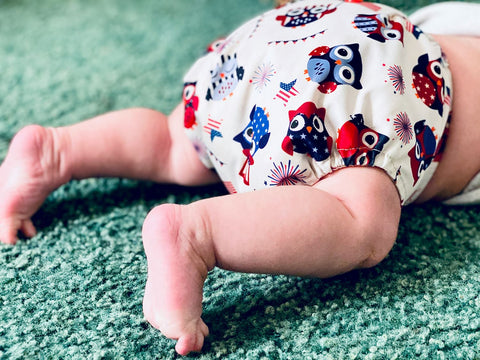
1. Toilet Training Begins at Birth
Many Montessori parents choose to start toilet learning from birth. One way to encourage toilet learning from an early age is to use cloth diapers. This helps your baby notice when they're wet more readily. Later, this helps them recognize the body's signals for peeing and pooping.
Another helpful tip for toilet training from birth is to talk your child through diaper changes. When my children were babies, I often talked to them about everything, including diaper changes. For example, "Oh, you're wet. you peed, so now we need to change your diaper."
Talking to your child about bodily functions like peeing and pooping is an important part of the process. As your child builds their vocabulary, these conversations can improve their understanding. Plus, it helps normalize bodily functions.
2. Modeling Bathroom Use
All parents know that their children often want to follow them everywhere. This is natural. Allowing your child to follow you into the bathroom also brings some benefits. When your child follows you into the bathroom, they see you model how to use the toilet!
The Montessori method uses a lot of modeling and teaching by example. The same approach works during toilet learning.
When my children were old enough to toddle around, we allowed them to follow us into the bathroom. When potty training our boys, my husband would make an effort to show them how to pee in the potty. Similarly, although all my children followed me around, I made a special effort with my daughter.
Modeling bathroom use helps normalize the toilet. When your children see someone using the toilet, it helps relieve fears.
Also, children strive to do what adults do. They want to become independent. When children see adults using the toilet, they want to do so too. At this point, your child can also practice flushing the toilet and washing their hands afterward.
3. Independence for the Potty Training Process
The Montessori method also focuses on independence. The practical life part of the curriculum helps kids learn how to feed and dress themselves, along with other skills.
How can you help your child be more independent in preparation for potty training? One way is to encourage your child to dress themself. From learning to do a zipper to matching socks, there are many ways to practice. Plus, you can invite your child to help pick out their outfit.
You can start with small steps to help your child dress themself. For example, help your child get their feet into their pants. Then, invite them to pull up their pants. Or, your child can try putting their socks on.
As your child builds their skills and independence, they'll be more prepared for potty training.
4. Introducing Potty Training
When your child is showing signs of potty training readiness, you can introduce the idea of using the potty. In my experience, using a potty chair helped a lot. A potty chair is less intimidating. Plus, the size makes it easier for the child to use independently.
You can show your child the potty chair in the bathroom and explain what it's for. Invite your child to try sitting on it with or without their clothes on. Reading books about using the potty can also help.
At this point, if your child shows interest, you can offer your child underwear instead of a diaper. Explain that when they need to pee or poo, they should use the potty chair.
At this point, try to create a routine around using the potty. After using the potty, show your child how to wipe. Also, remind them to wash their hands.
When your child first shows interest, it can help to plan to be at home for a few days. That way, you can help your child use the potty. Also, it's easier to handle any accidents.
When your child uses the potty for the first time, you can encourage them by saying "You did it!" It can also be helpful to ask your child whether they feel like they might need to pee or poo throughout the day.
5. Cleaning Up While Potty Training Your Child
Accidents happen. When your child has an accident, encourage them to help you with clean up. Try to approach accidents in a neutral way. I often said, "Oops! You're wet. Let's get cleaned up and changed. Can you put your clothes in the bucket?"
Having your child participate in clean up can help them recognize the signs that they need to use the potty.
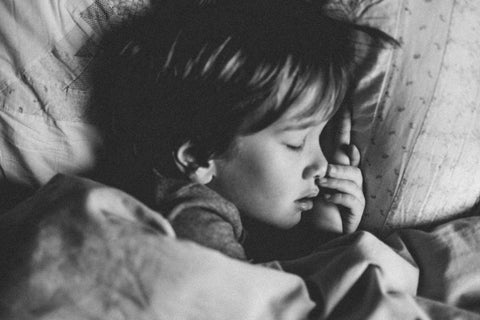
6. Overnight Potty Training
Overnight potty training often takes longer than daytime potty training. This is because some children are unable to wake up from a deep sleep to use the toilet.
As many as 15% of children still wet the bed when they are 5 to 7 years old. Sometimes, bedwetting runs in families. Usually, children grow out of bedwetting on their own. If you're concerned, be sure to speak to your child's pediatrician.
If your child wets the bed, you can continue using a diaper or pull-up at night. This can help manage the situation until they no longer wet the bed.
Additional Tips for Potty Training Boys
The anatomy of boys makes potty training slightly different when showing them how to pee. When potty training my boys, you may consider using the big toilet right away for peeing. That way, your child doesn't have to worry about the transition. Plus, the toilet provides a larger target than a potty, which is ideal when boys are learning to aim.
You can also choose to teach your boy to pee sitting down first. This can help avoid accidents, as bowel movements may come while they're peeing. Once your child has more control, you can show them how to pee standing up.
Toilet Learning the Montessori Way
Toilet learning the Montessori way promotes independence and following the child's lead. How is toilet learning going for you? Ask us all your questions below.
Sources:

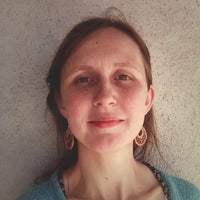

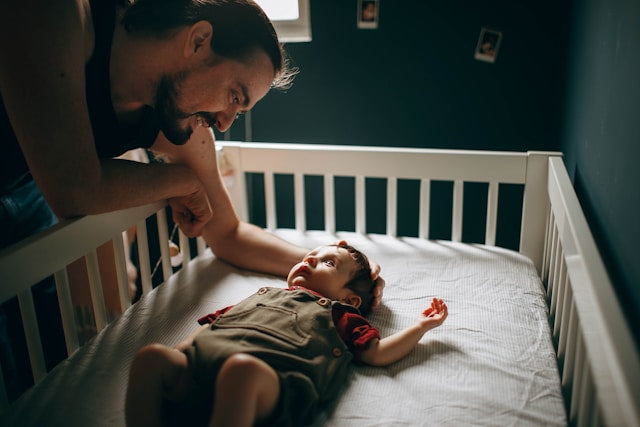
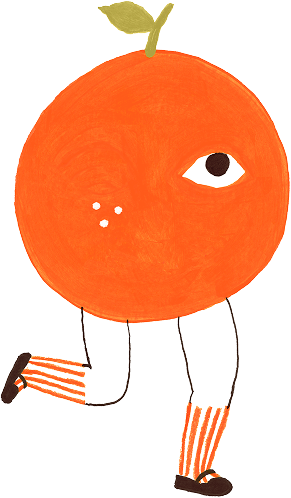
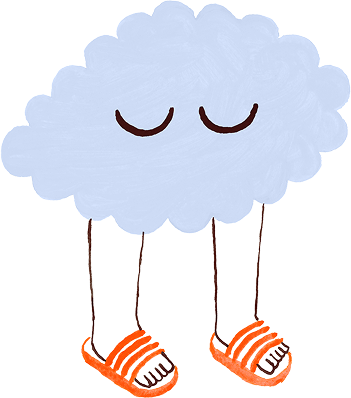
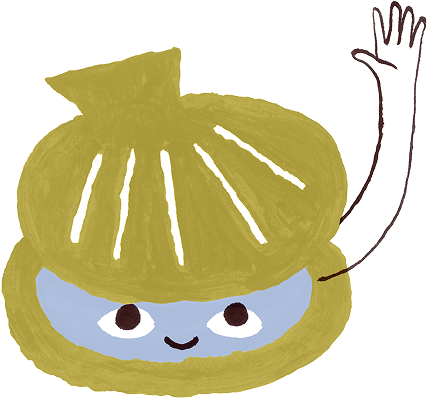
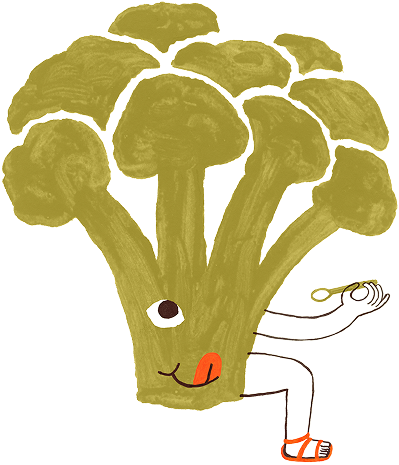
Leave a comment
This site is protected by hCaptcha and the hCaptcha Privacy Policy and Terms of Service apply.